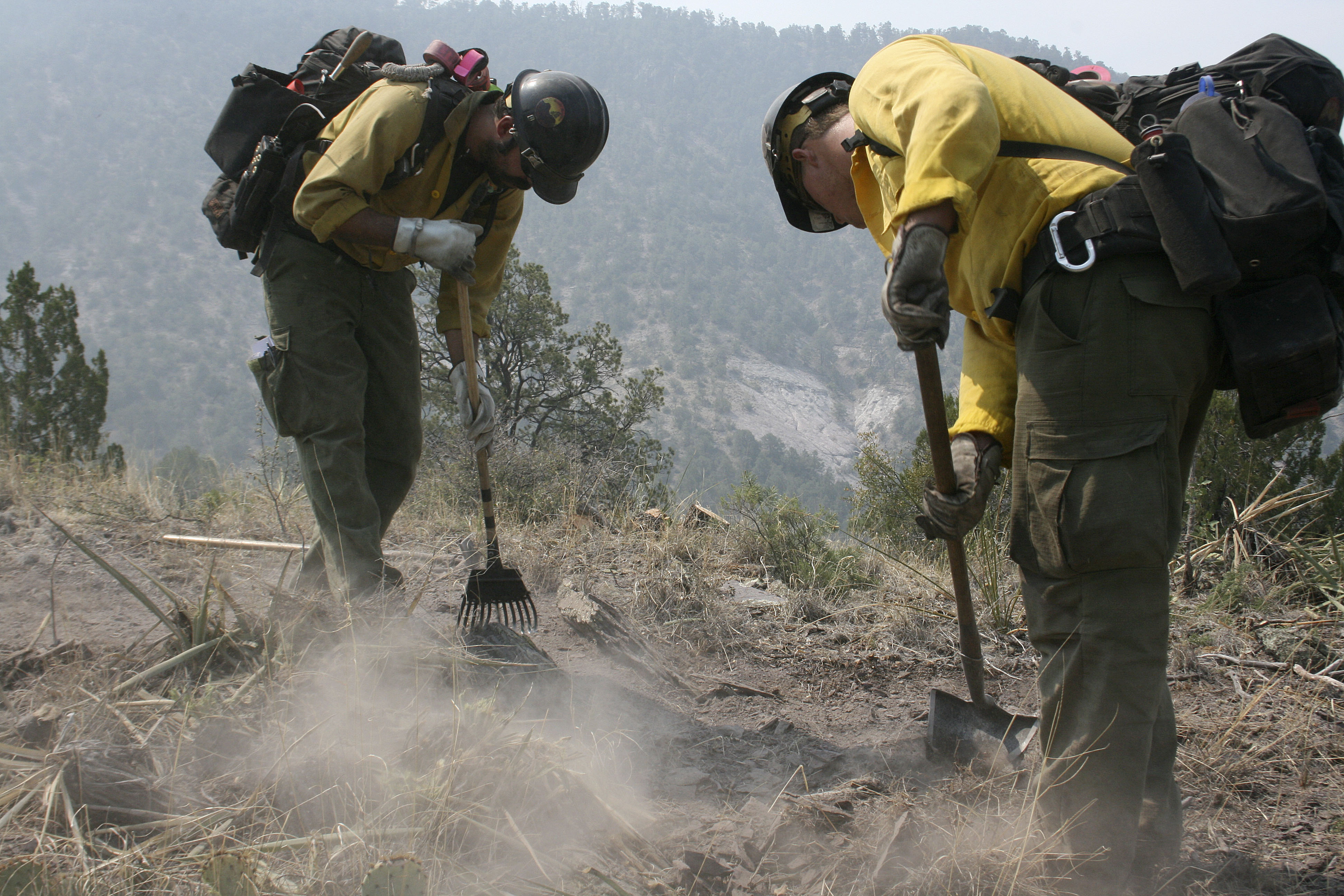Volatile weather patterns marked by shortened winters, stifling heat waves and prolonged droughts. New housing developments encroaching on fire-prone lands. Shrinking budgets for fire prevention measures.
That dangerous combination of factors helps explain the increasingly voracious wildfires that have ripped through the western United States in recent years, according to scientists, lawmakers and historians.
While the deaths of 19 firefighters Sunday in Arizona marked the most lethal firefighting incident in generations, the 3,300-hectare blaze that led to the tragedy has become more the norm than the exception.


















With your current subscription plan you can comment on stories. However, before writing your first comment, please create a display name in the Profile section of your subscriber account page.